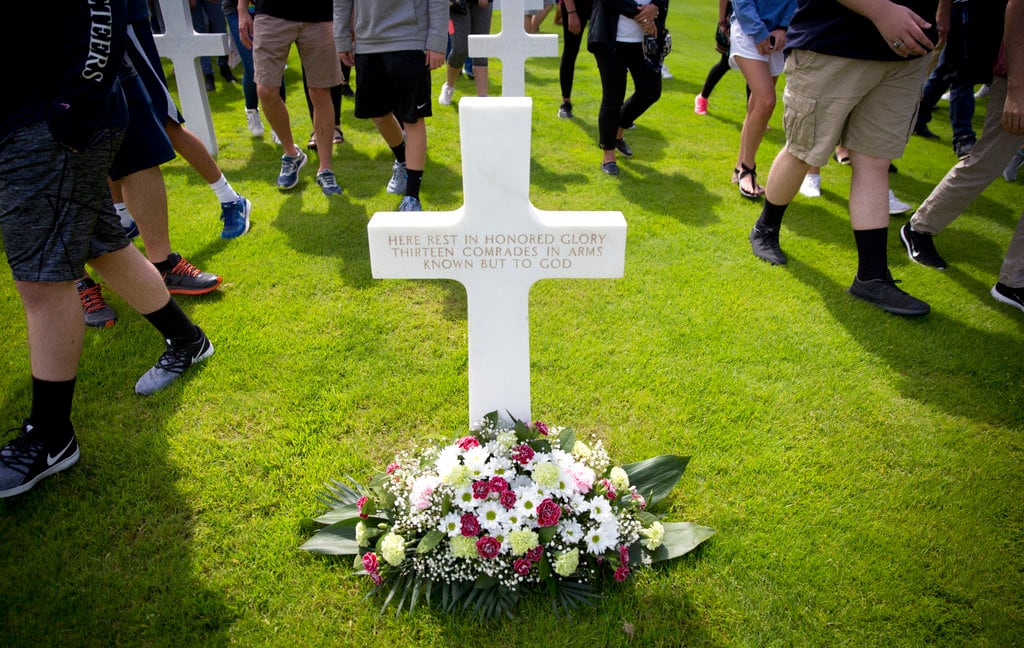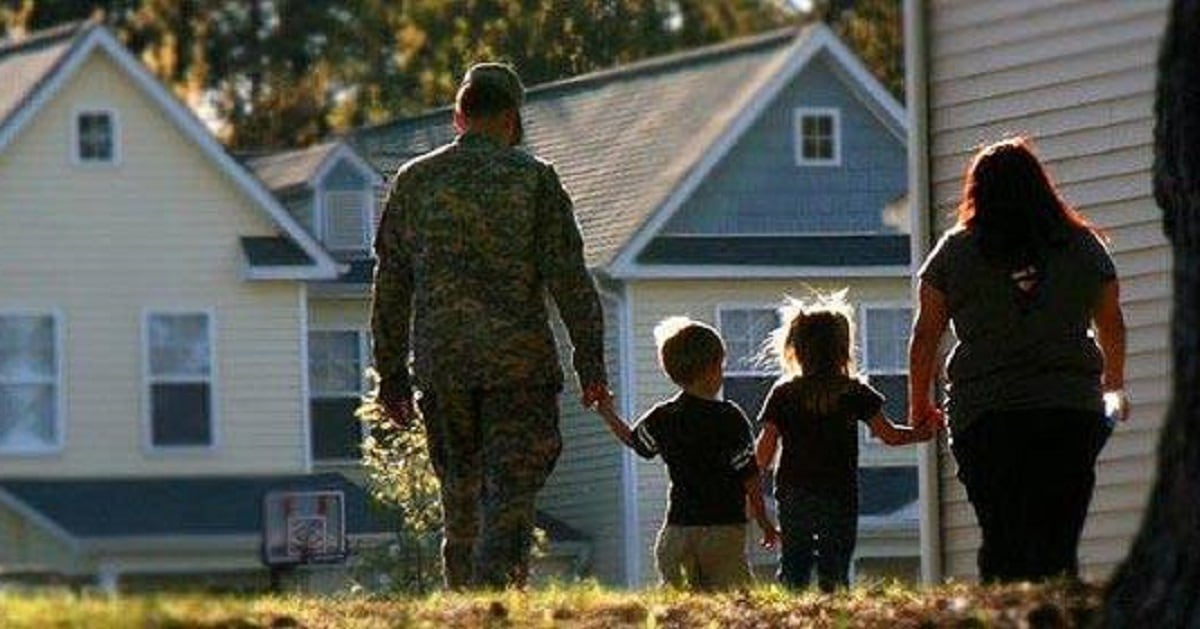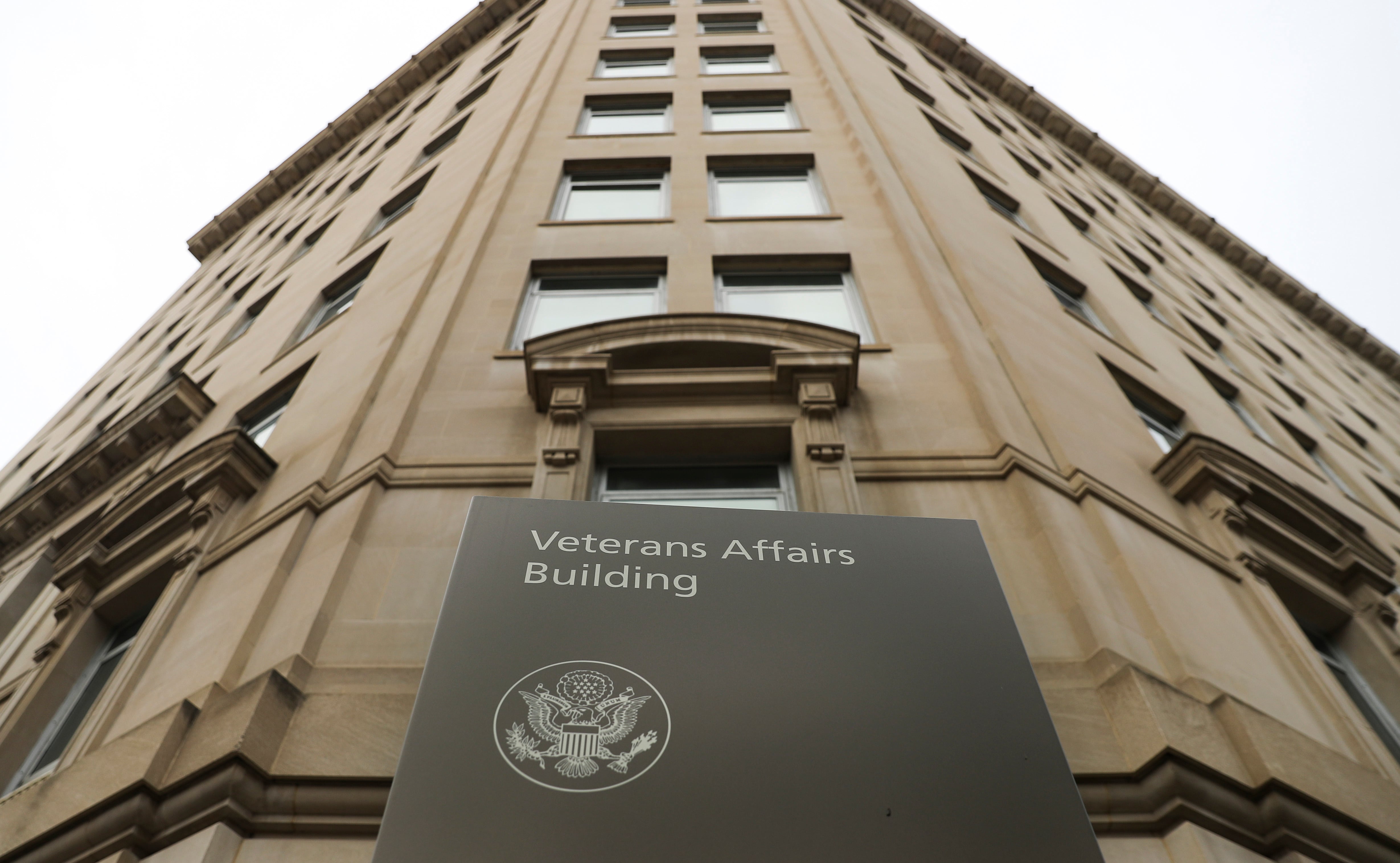NAVAL STATION NORFOLK -- The fleet said goodbye to the frigate Elrod Fridaytoday after nearly 30 years in commission.
During This final ceremony ending the in the ship's U.S. Navy service was held on a cold and grey morning on the waterfront hereat Norfolk Naval Station. The Navy Jack and the national ensign were lowered for the last time, the final watch on the ship was secured and the crew smartly filed off the now darkened and secured ship and lined up on the pier for the last time as a crew.
Saturday, Tomorrow, the ship will begin its last journey — under tow — to the inactive ships facility in Philadelphia, where she will await potential foreign military sale — possibly extending her life in another nation's navy someday.
But for now, Elrod is quiet and today was a day for her current and past crews to reflect.
"During her career, Elrod sailed nearly 2 million miles, conducted 19 deployments of various lengths," said Cmdr. Brad Stallings, the 19th and final commanding officer to lead the ship and her crew.
"Although this is indeed a sad day, it is important for us to briefly look back and reflect on the illustrious career of this great ship."
Stallings read a listtany of seas and oceans on which Elrod sailed and the numerous operations and types of missions the ship executed.
"For 29 years and eight months, current and former crew members have taken great pride and ownership in her and she has performed magnificently," Stallings said.
"To all the former commanding officers and former crew members in the audience, we want you to know that all the way to the end, Elrod's radars detected and tracked aircraft, her sonars detected and tracked submarines, her communication equipment function[ed] as designed, her guns shot straight and her engines ran fast."
Reflection on the ship's namesake was also a big part of the day's events. It was a responsibility Guest speaker Marine Corps Brig. Gen. Raymond Descheneaux, the Corp's assistant deputy commandant for aviation, recalled who told about the exploits of the ship's namesake, Marine Capt. Henry Elrod, who was posthumously awarded the Medal of Honor for leading helping leadthe defense of Wake Island against the Japanese in the early days of World War II.
With several of his decedents present in the audience, Descheneaux recounted how Elrod, a pilot with Marine Fighter Squadron 211 arrived on the island just days before the Japanese attacked on Dec. 8, 1941.
Elrod and the 12 other aviators of his squadron fought the Japanese in the air, sinking a destroyer and downing a number of aircraft until all their planes were destroyed. Taking up arms, the survivors created defensive positions on the beach and repelled Japanese landings until Dec. 23, when he was killed providing cover for his Marines bringing ammunition to gun positions.
He was the first aviator to be awarded the Medal of Honor during the war.
"It's important to remember what the defenders of Wake meant to his country in the early days of the war," said Descheneaux, who has had the opportunity a number of times to visited the Wake battlefield and the scene of Elrod's heroism.
"Those defenders and their heroic stand against the Empire of Japan in the early days of the war was a beacon of hope to the American people when there was a great shortage of good news as Japan was working to extend their empire."
After the ceremony, 23 of the plankowners — the ship's commissioning crew — gathered around Stallings and Descheneaux to take pictures. A number told stories of the ship's commissioning, when many of Elrod's Marines and survivors of Wake Island and years of Japanese imprisonment attended the ship's commissioning.
Among those in attendance Friday was retired Senior Chief Gas Turbine Electrician (SW) Lester Sykes. The Alabama native reported aboard Elrod as a first class petty officer and left a chief.
"It's a sad day, really, but I get an opportunity to see people I haven't seen in almost 30 years," Sykes said. "She's a fine ship, and I've got lots of good and bad memories in there, mostly good, though."
Along with making chief petty officer onaboard, two of his children were born during his tour of duty in the Elrod's engineering department.
"Four years, a large chunk of my life, was spent aboard that ship and some of the most momentous moments of my career," Sykes said as he placed his right hand over his heart.
"Yes, she's leaving service today, but she'll never be gone as long as there's a sailor alive who served on Elrod. She'll never be gone because she lives in here," he continued, tapping his chest. "She'll live on in all of us."
Mark D. Faram is a former reporter for Navy Times. He was a senior writer covering personnel, cultural and historical issues. A nine-year active duty Navy veteran, Faram served from 1978 to 1987 as a Navy Diver and photographer.





